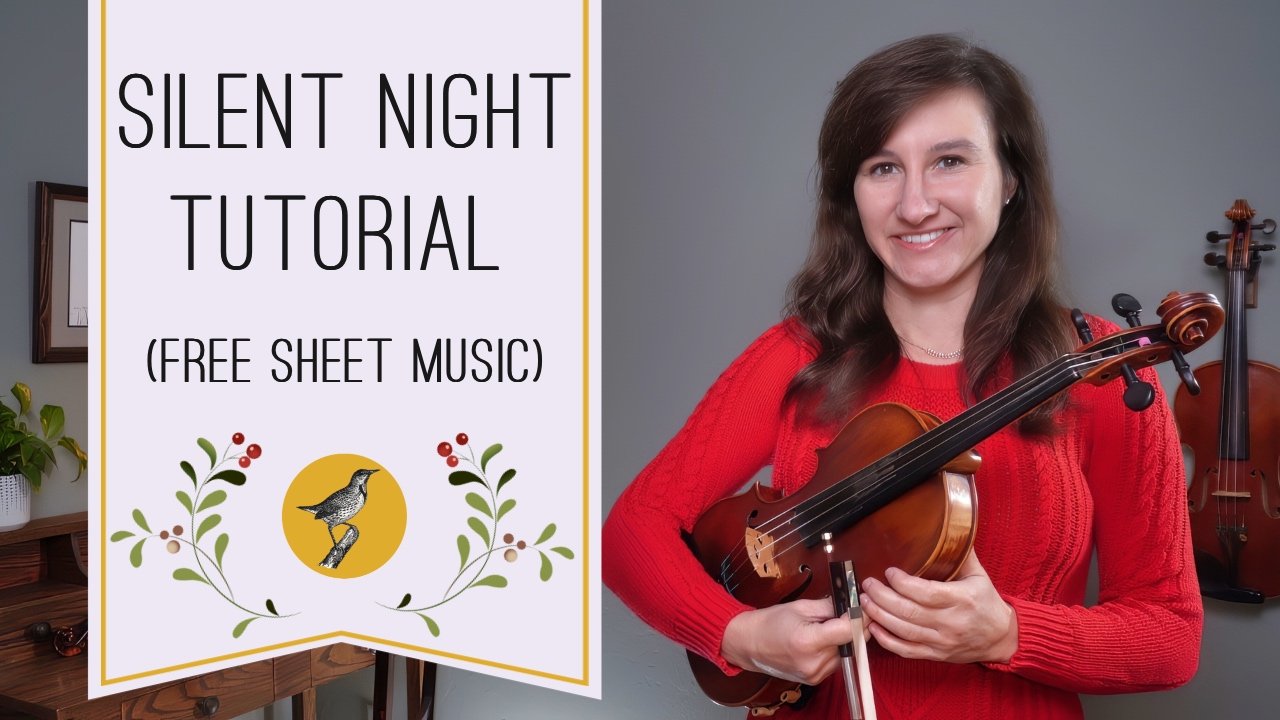Advanced Christmas Songs for Violin-(Sheet Music)
/Ready for some harder violin Christmas music this holiday? These intermediate and advanced Christmas songs for violin feature tricky rhythms, higher positions, slow bows, and slurs for some advanced Christmas songs that will keep you busy while it’s cold outside!
Dance of the Sugar Plum Fairy Violin Sheet Music
Let’s start off with this intermediate violin version of this Nutcracker classic. You’ll start off playing pizzicato then quickly transition to Arco (with the bow). Watch out for the accidentals and make sure you circle those runs and practice them!
Gesù Bambino Violin Sheet Music
Gesù Bambino is another lovely, albeit challenging Christmas song for violin. While you can play Gesù Bambino completely in first position, you will need to practice counting in 12/8 time and work on some B flat scales to get comfortable with that middle portion. Need help? My Music Theory for Violinists Course will have you clapping and counting tricky rhythms in any time signature and my Creative Scales for the Experimental Violinist course will get you equally prepared for any of those tricky key signatures!
Violin Christmas Songs in Third Position
Now let’s add some higher notes! Enjoy these resources on third position if you need more help!
I’ve also got a complete course on How to Play in Third Position on the Violin!
The First Noel Violin Third Position Sheet Music
Download the First Noel pdf for violin here.
The First Noel isn’t too difficult on the violin. To make it a more advanced Christmas song for violin, I transposed it up into the higher positions. This version of the First Noel for violin starts in 3rd position and stays in third position for the entire song to make use of those beautiful high notes!
Joy to the World Violin Sheet Music in Third Position
Start this carol out in third position and stay there for the entire song. You’ll find Joy to the World feels very natural in third position. Remember your half steps and whole steps and you’ll be golden!
O Come All Ye Faithful Violin Sheet Music in Third Position
You can start O Come All Ye Faithful in first position and then shift up to third position in measure three.
O Holy Night Violin Sheet Music Third Position
No collection of intermediate and advanced violin Christmas carols would be complete without O Holy Night. It’s tricky for a number of reasons. #1 Long, slow bows which require a lot of bow control. #2 Tricky time signatures #3 Higher Positions
I start O Holy Night out in third position. You’ll notice in measure 19 we reach an E. You can either stretch for that E and stay in third position, play a harmonic, or follow my fingerings and shift up to 4th position. Or try all three and see which one you like!
I hope you enjoy these slightly more challenging Christmas carols for the violin. While I love writing out these carols, like all of the sheet music I produce on my website, they take a considerable amount of time to arrange, edit, test-play, and upload. If you would like to download any of these easy Christmas violin songs as PDFS, you can (and much more) when you sign up to my online studio. Try it out here!



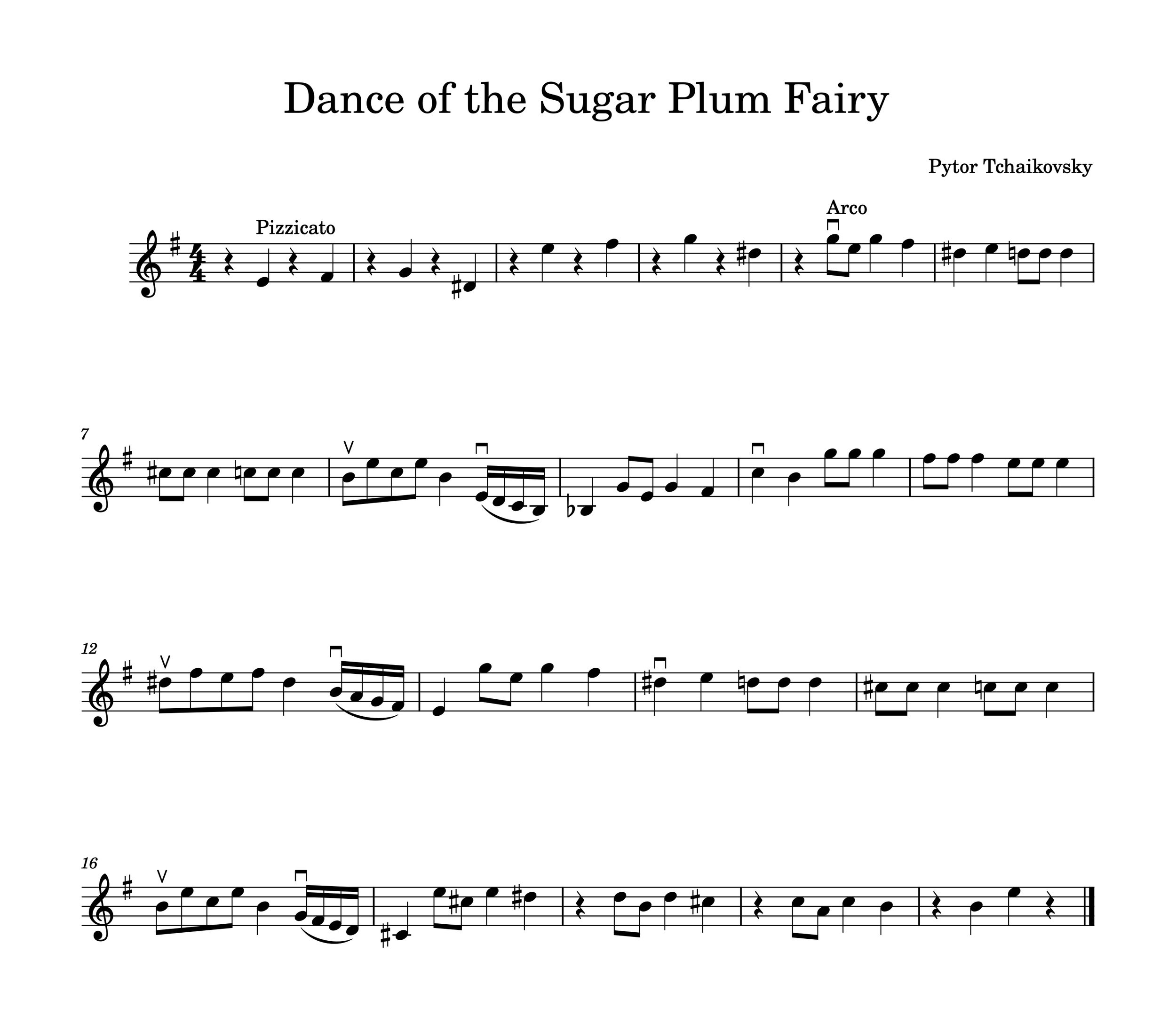









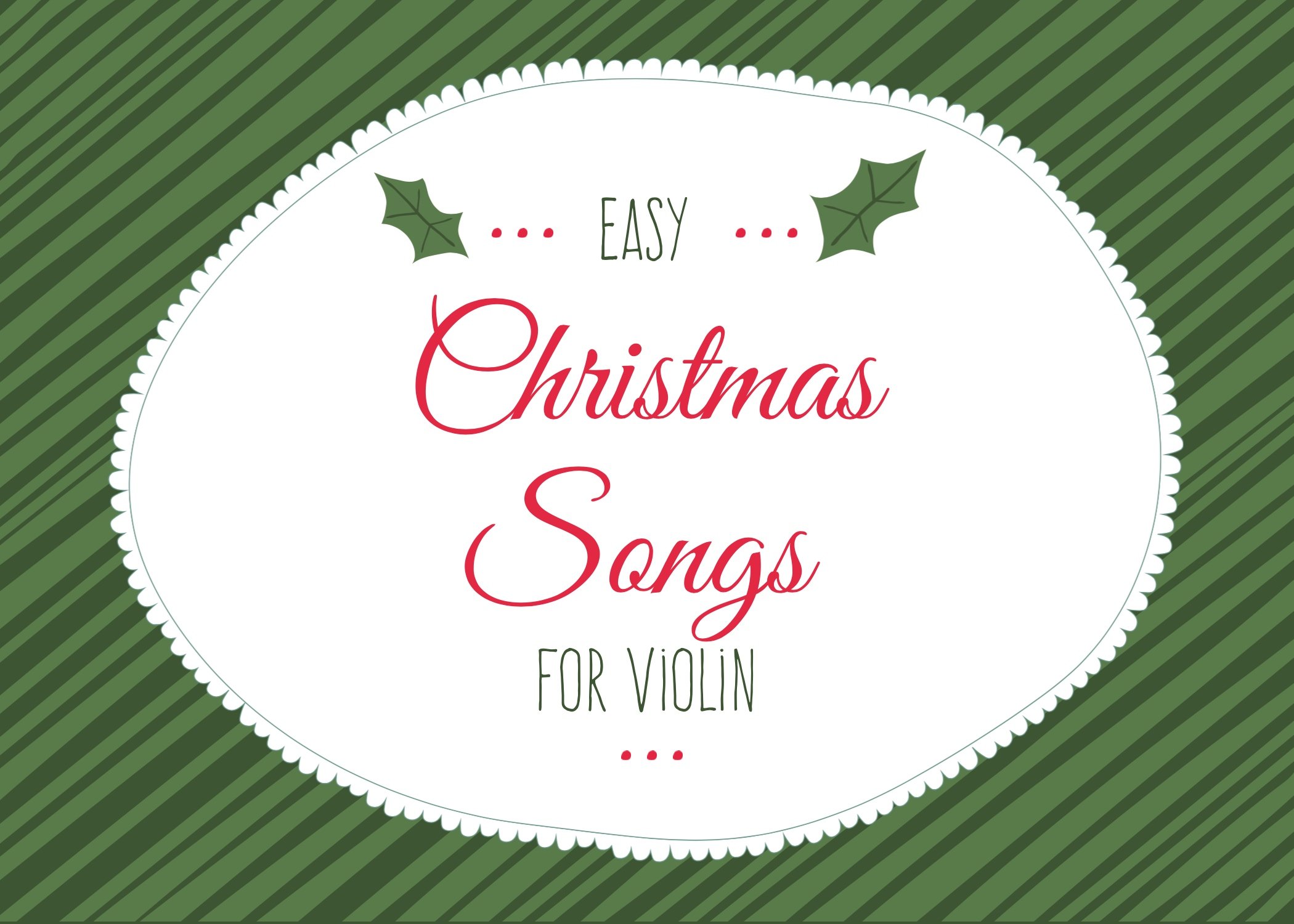
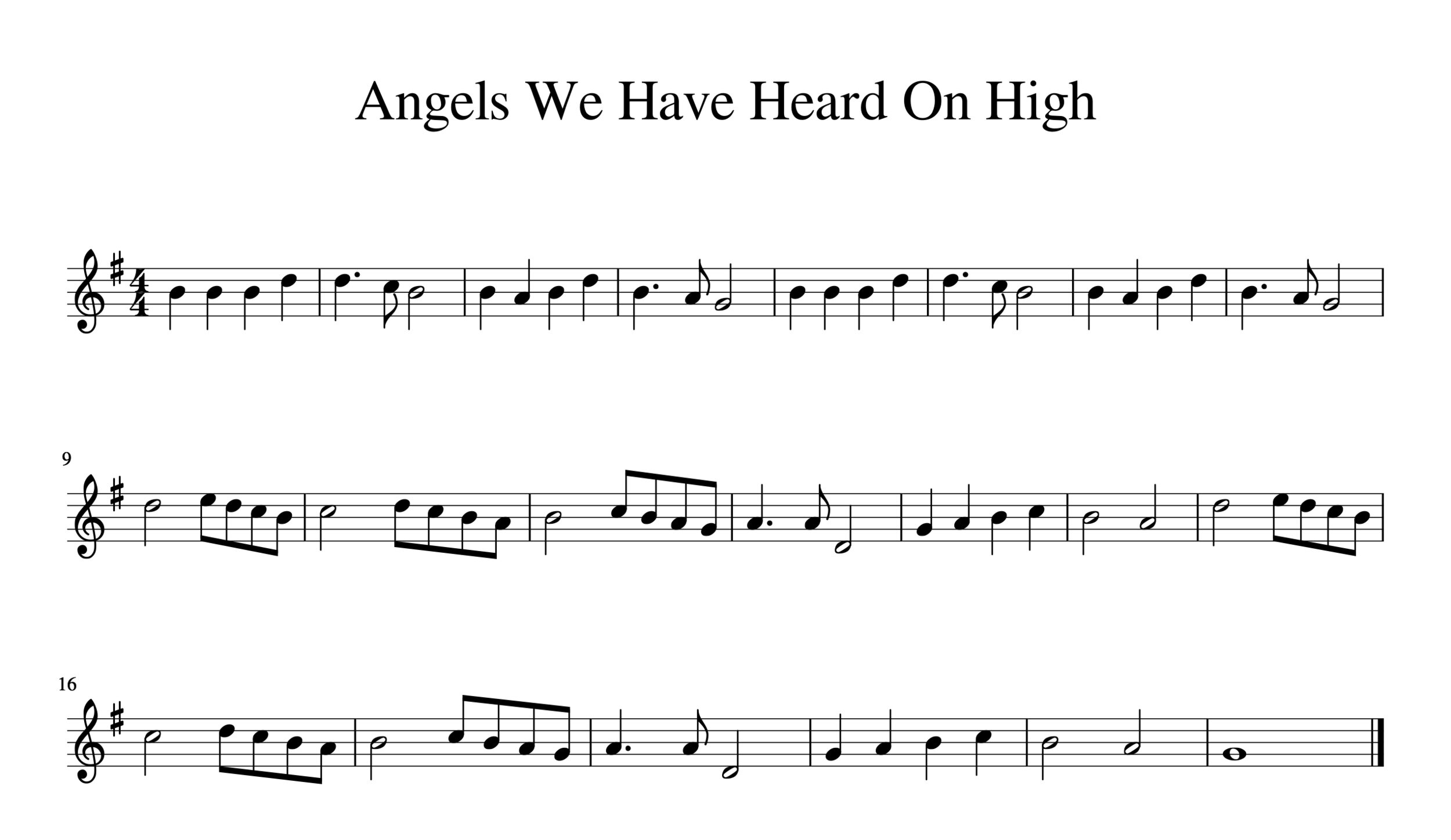

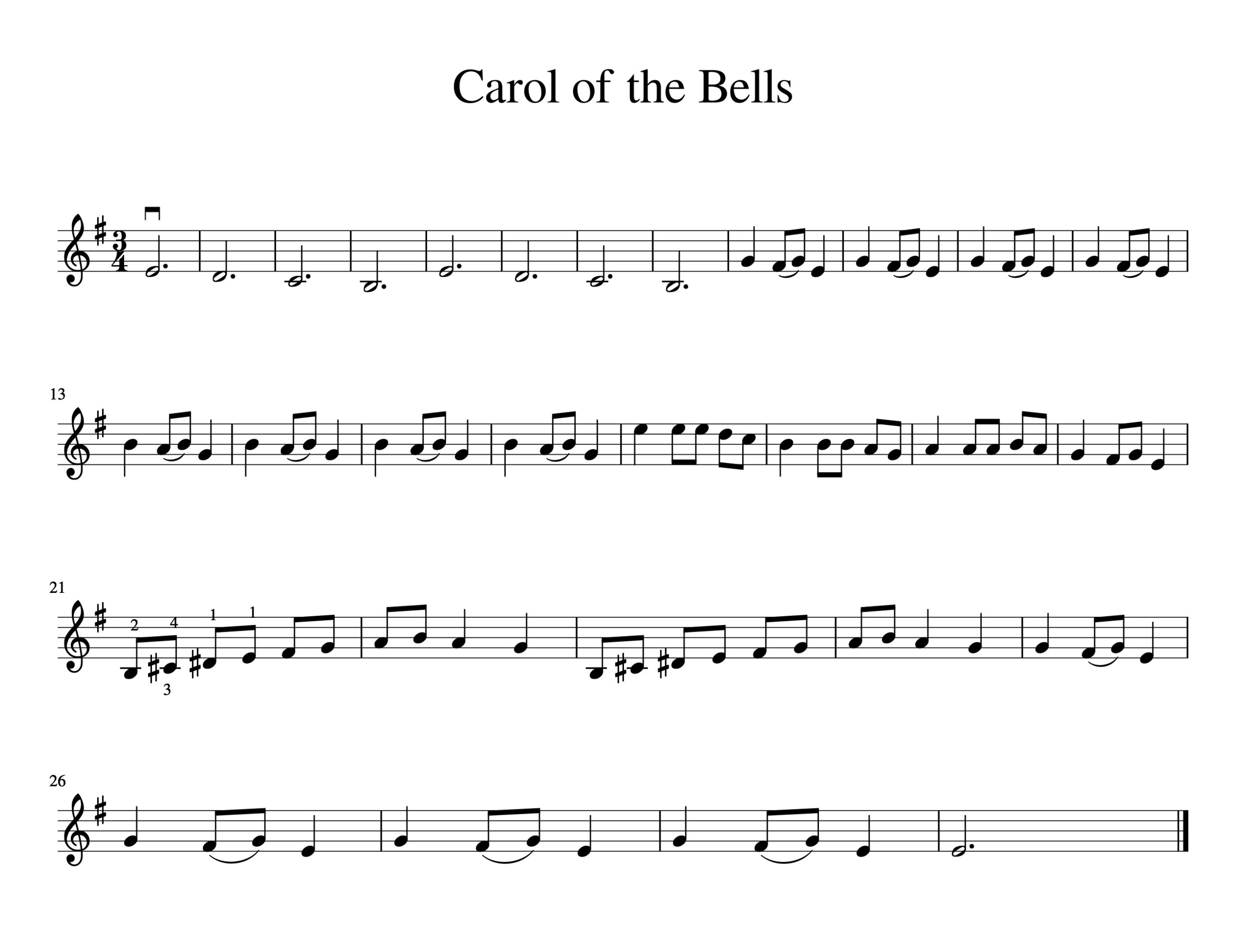



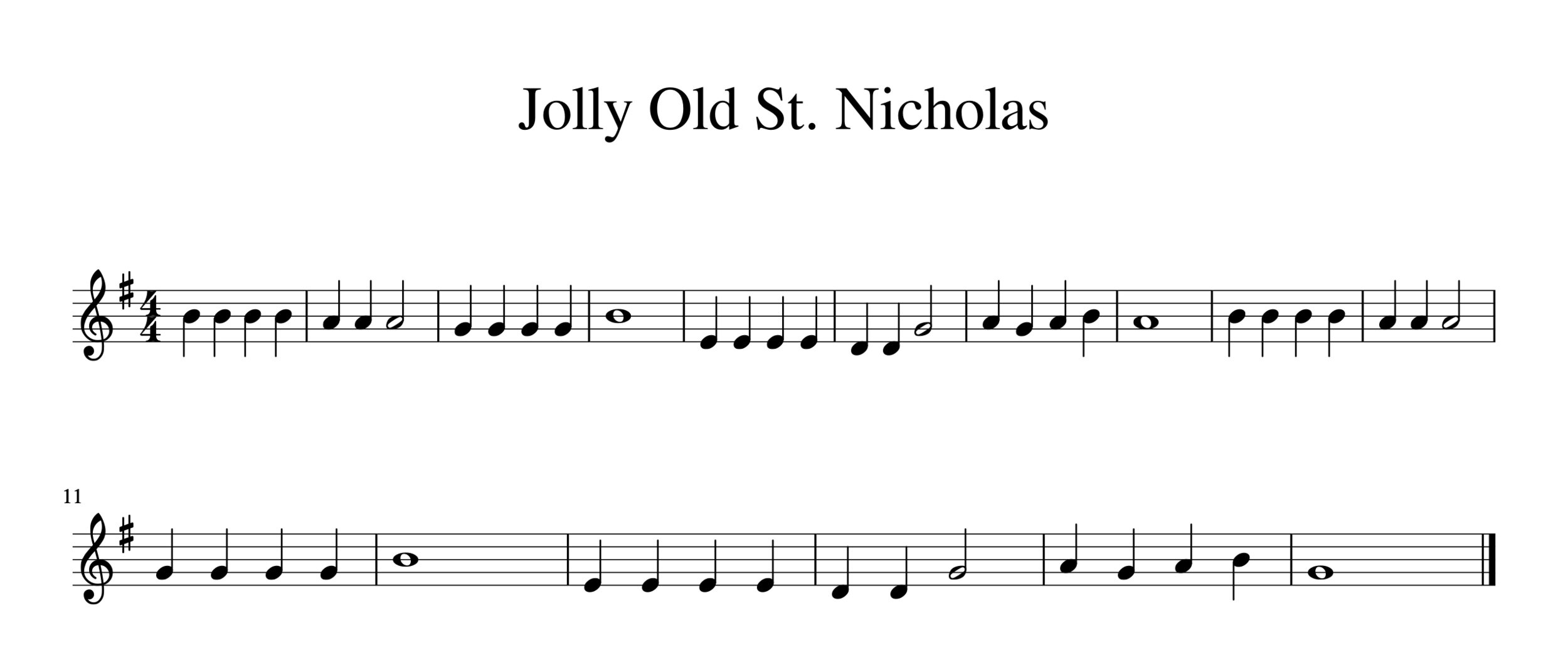


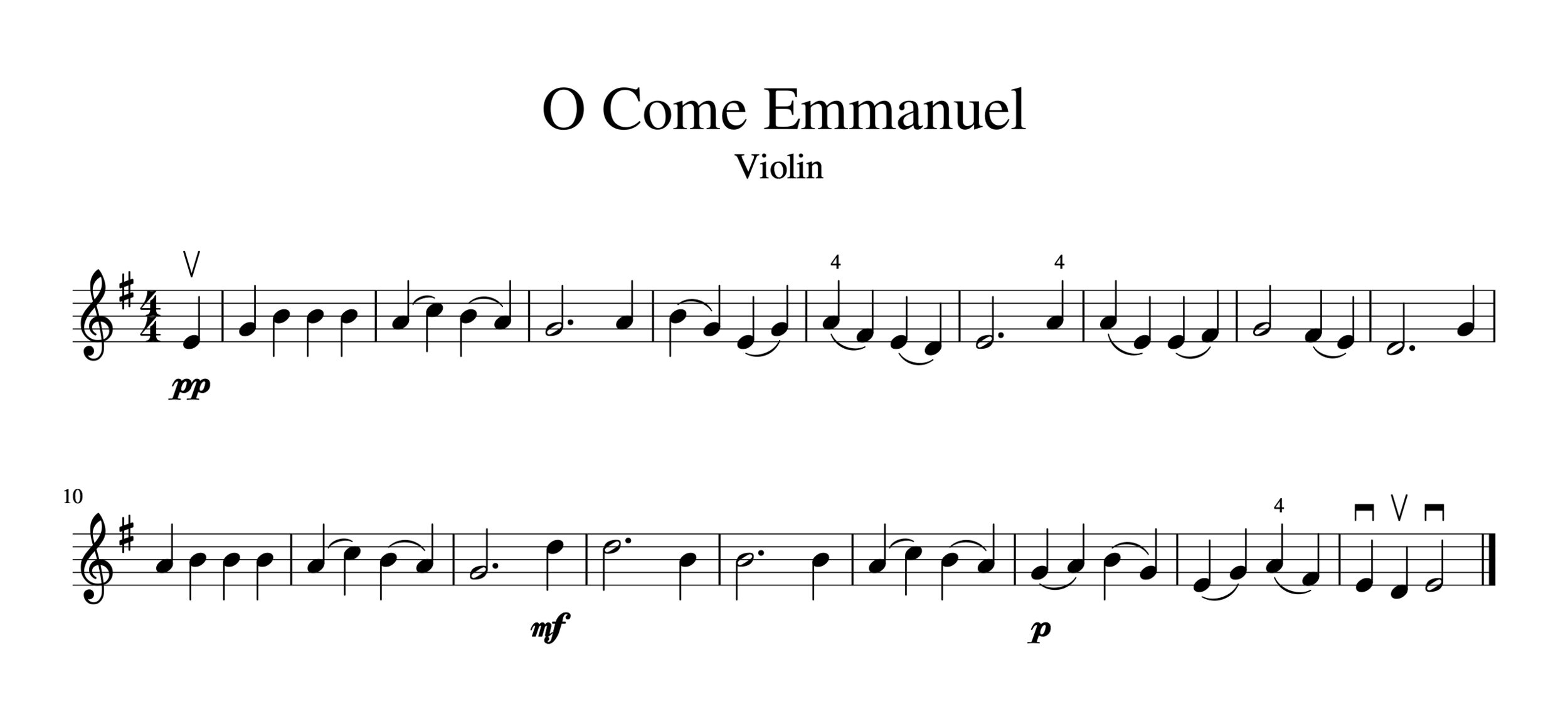
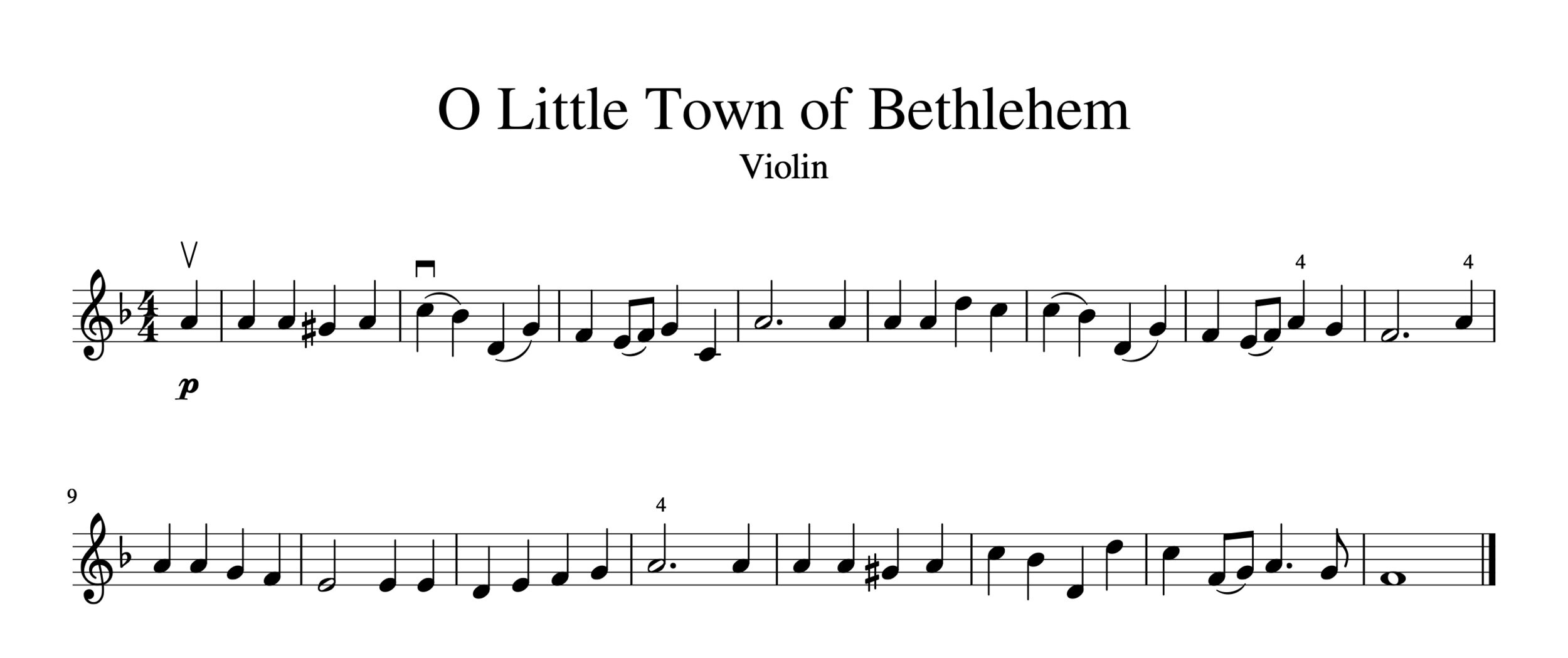
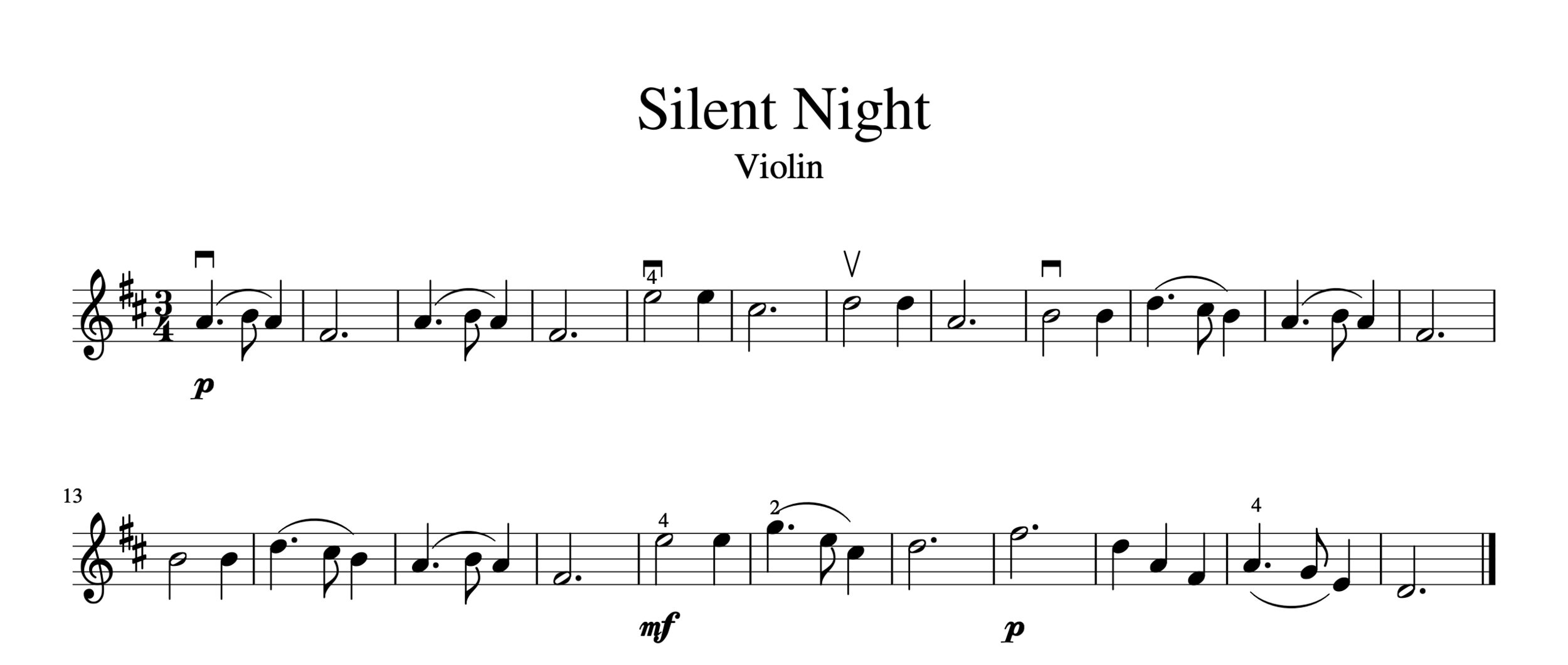
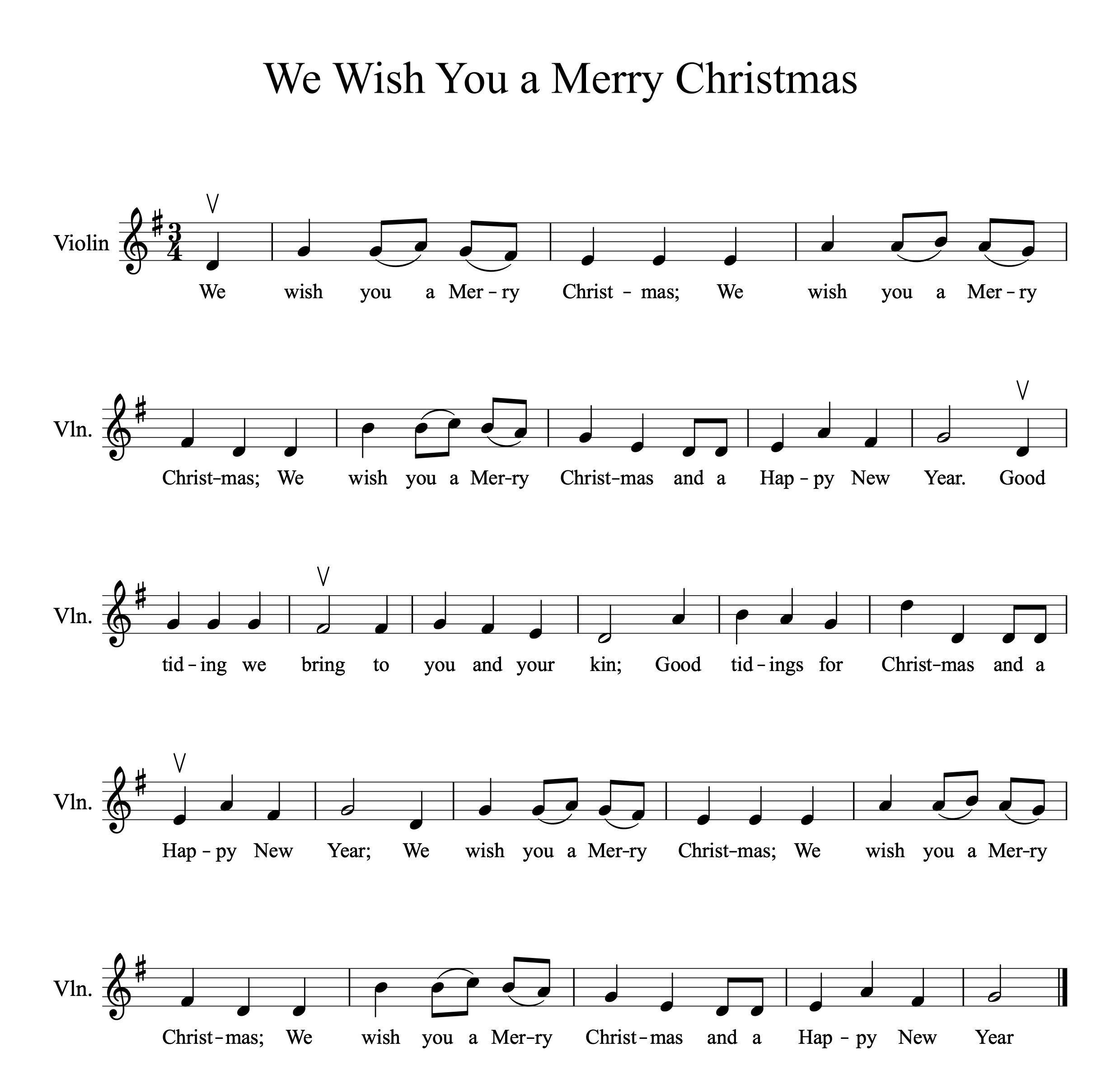











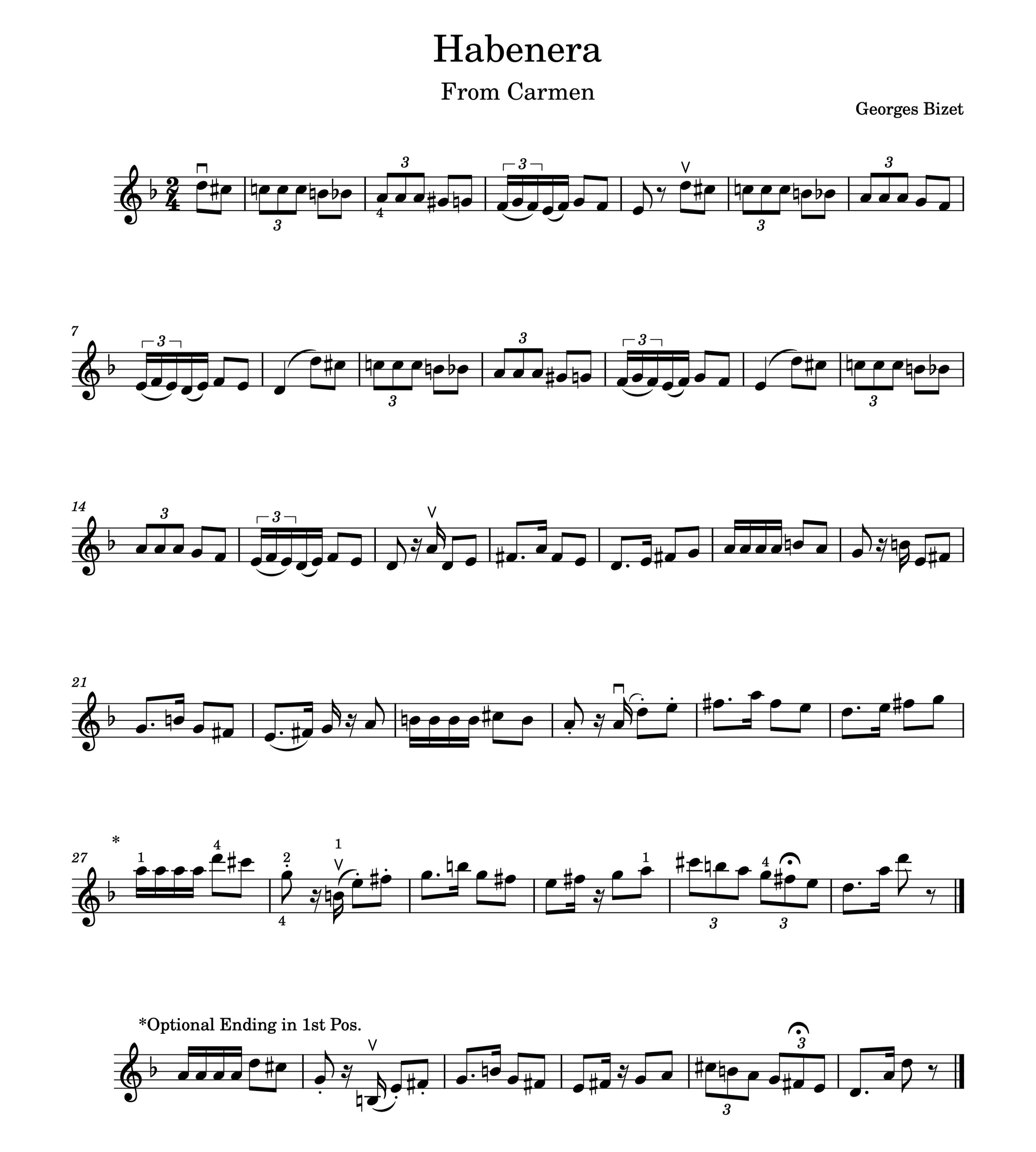

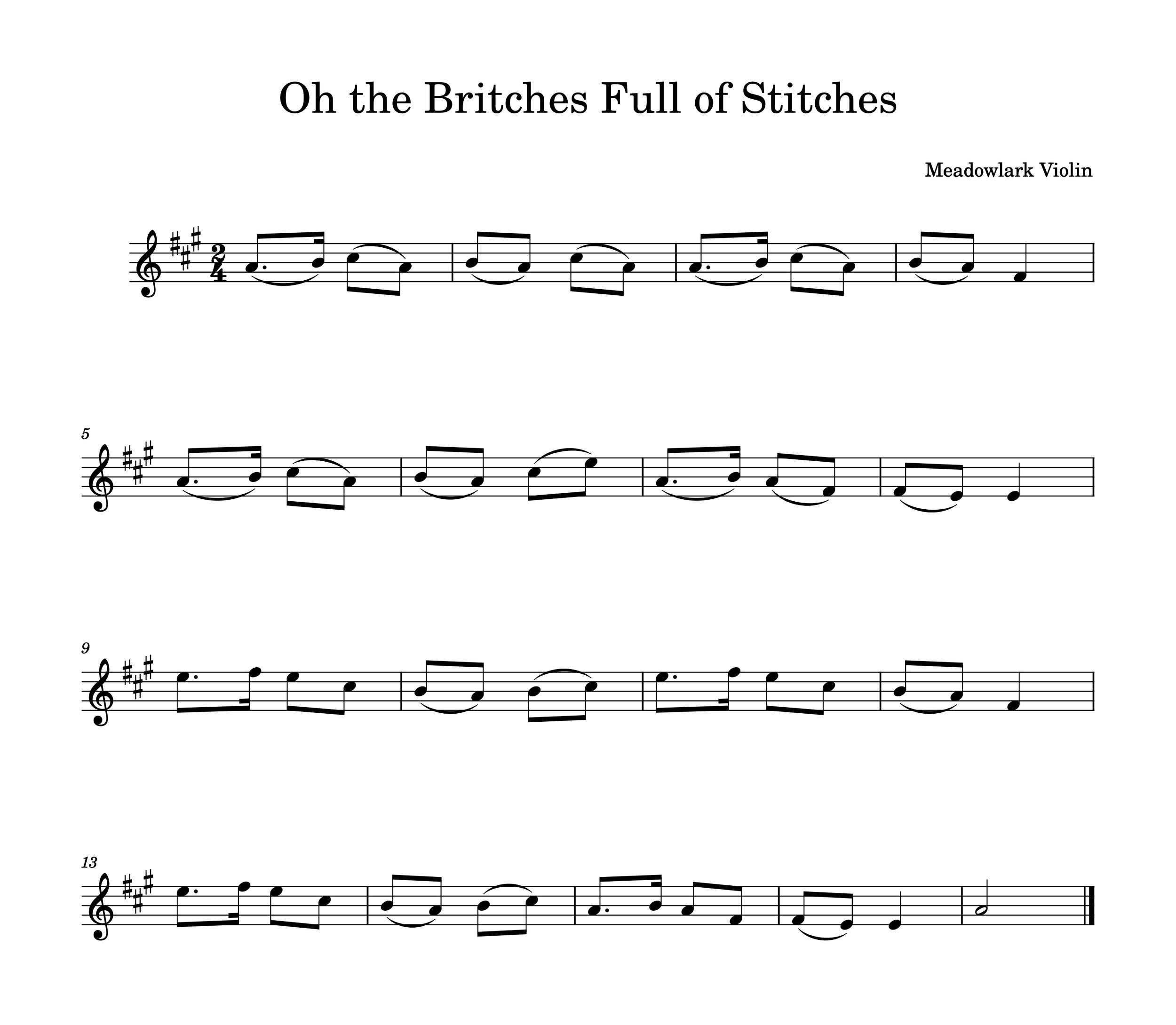
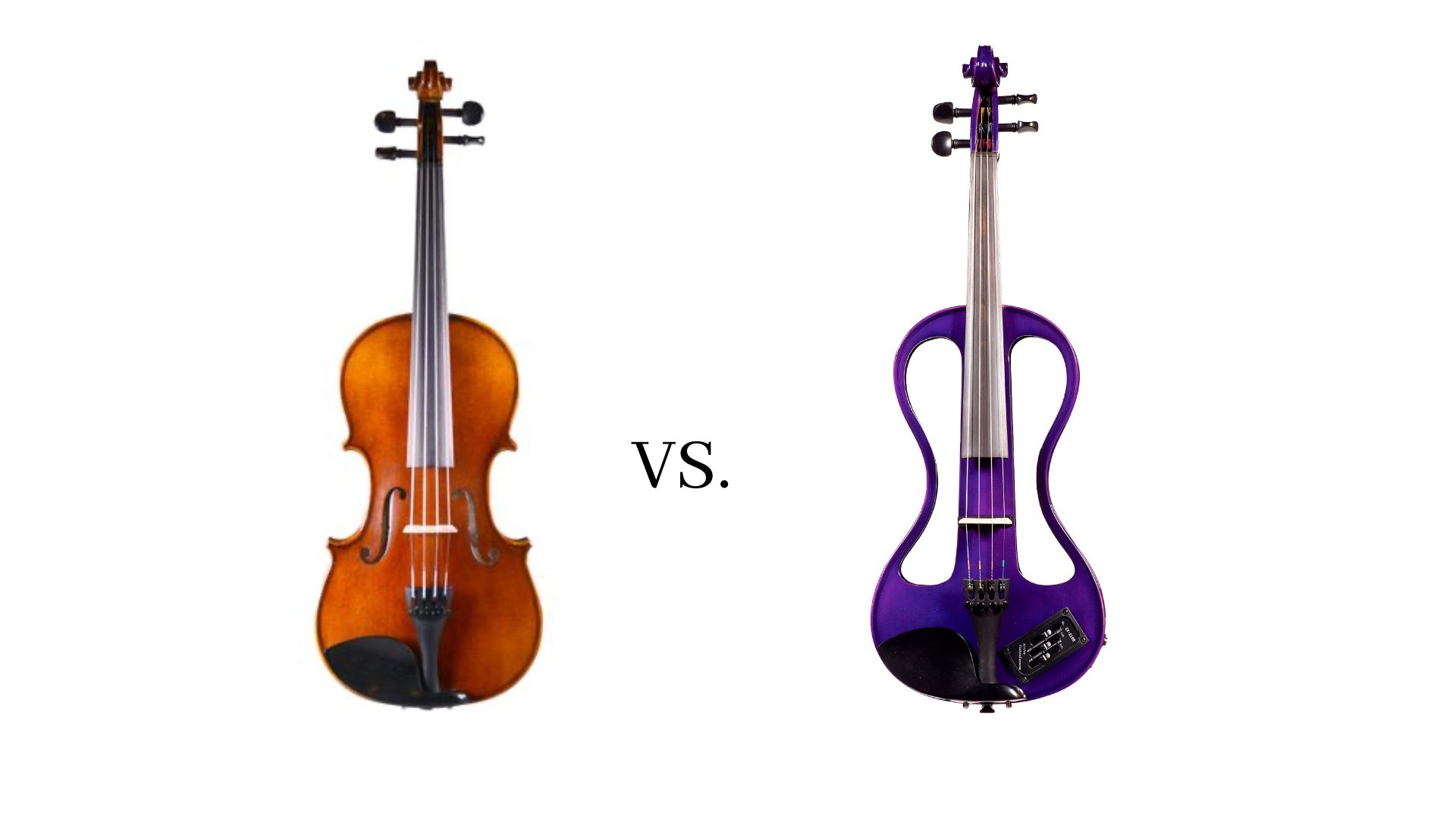










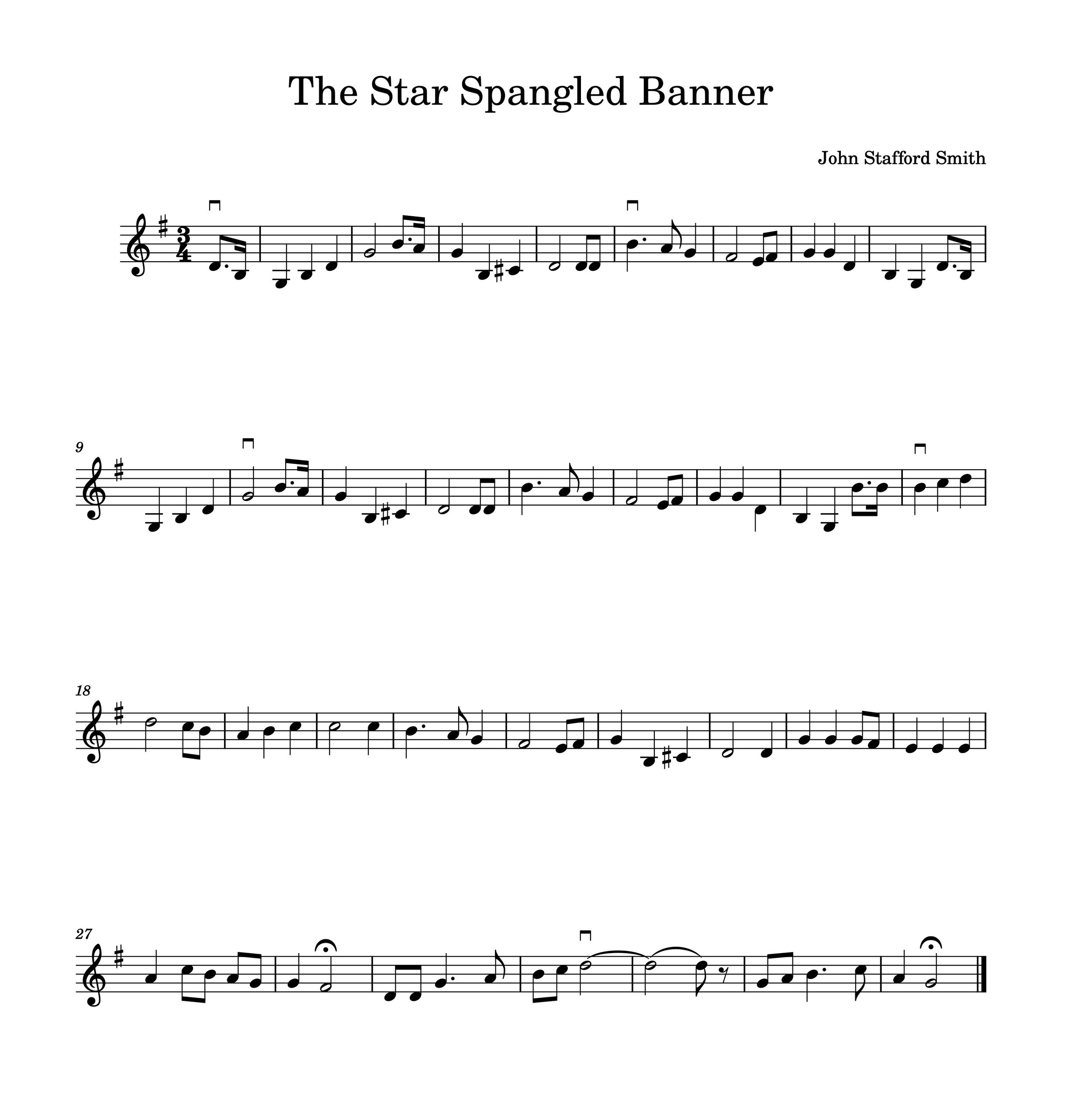






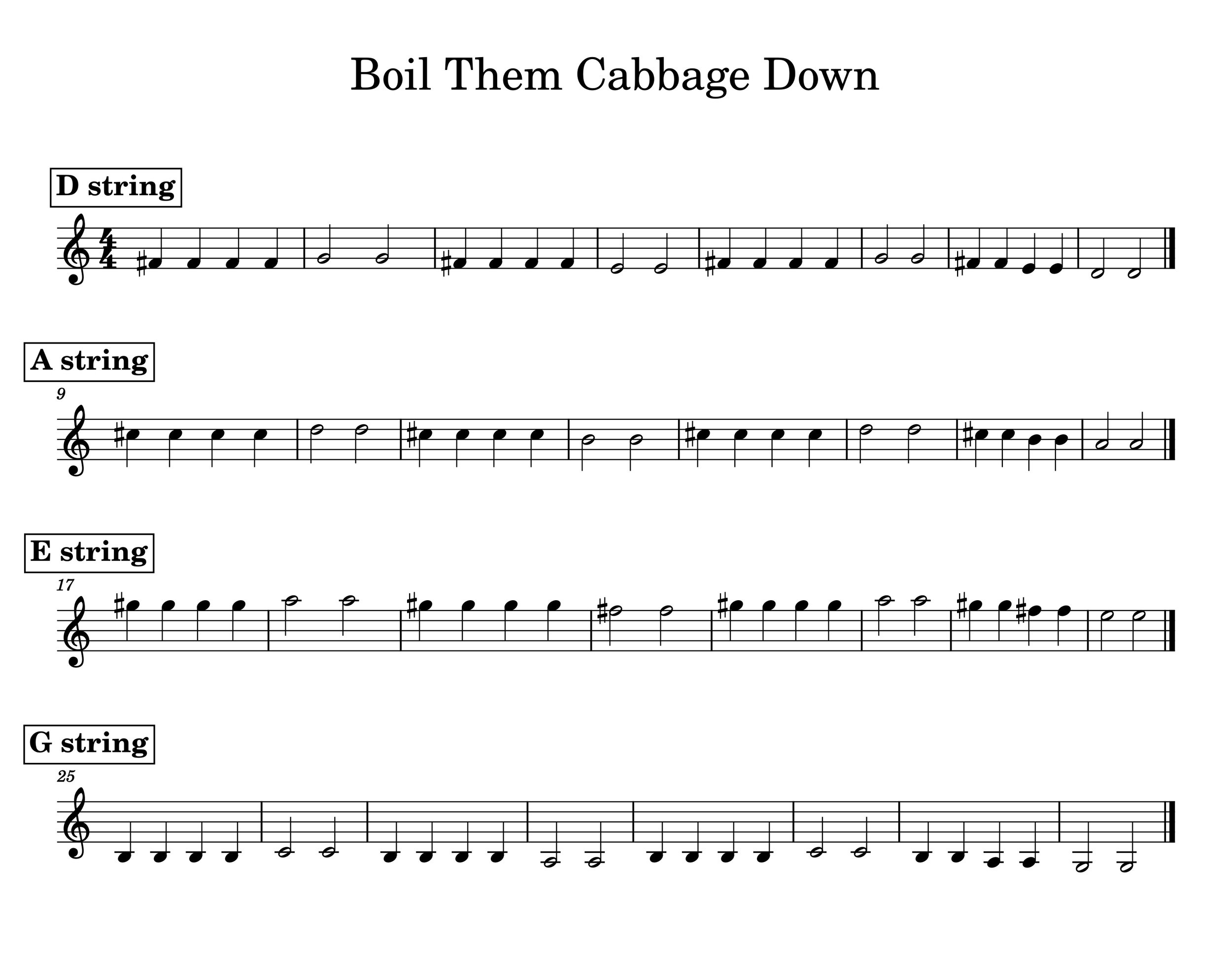

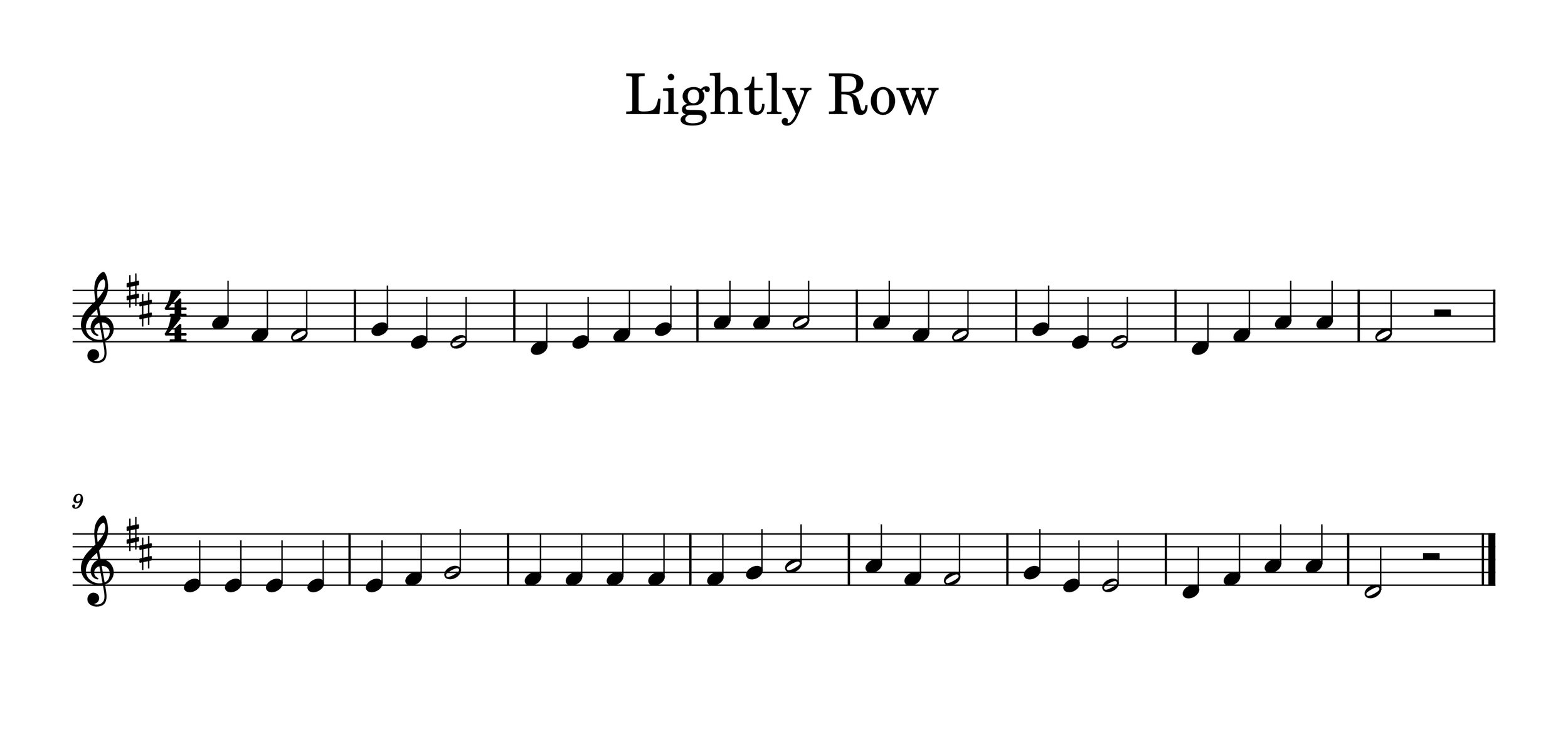






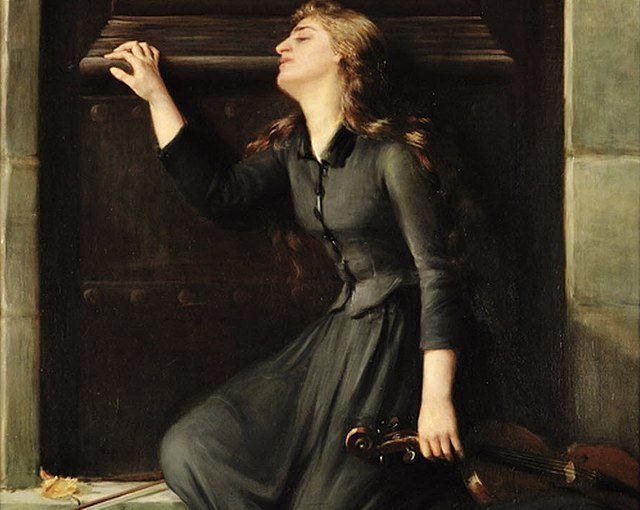
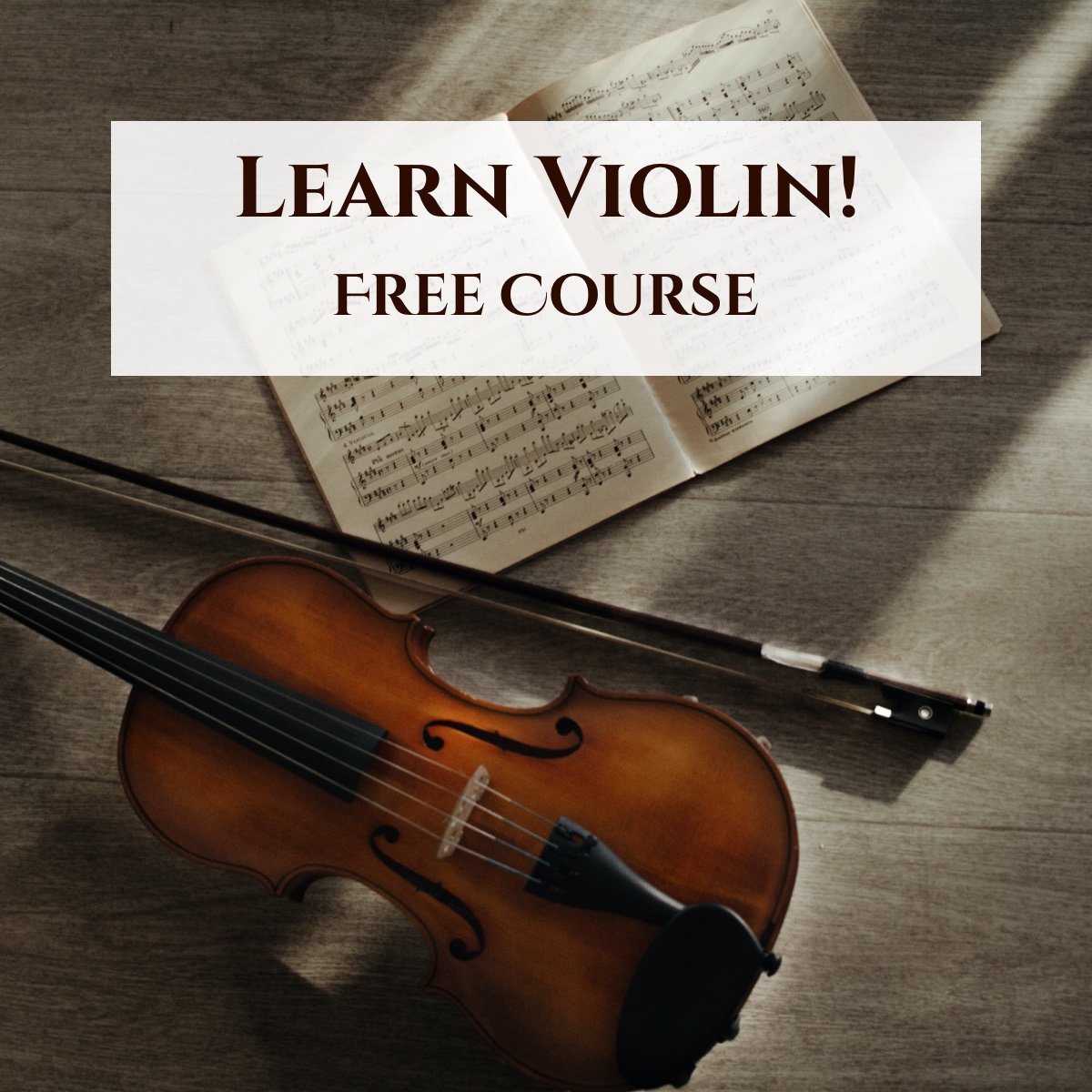






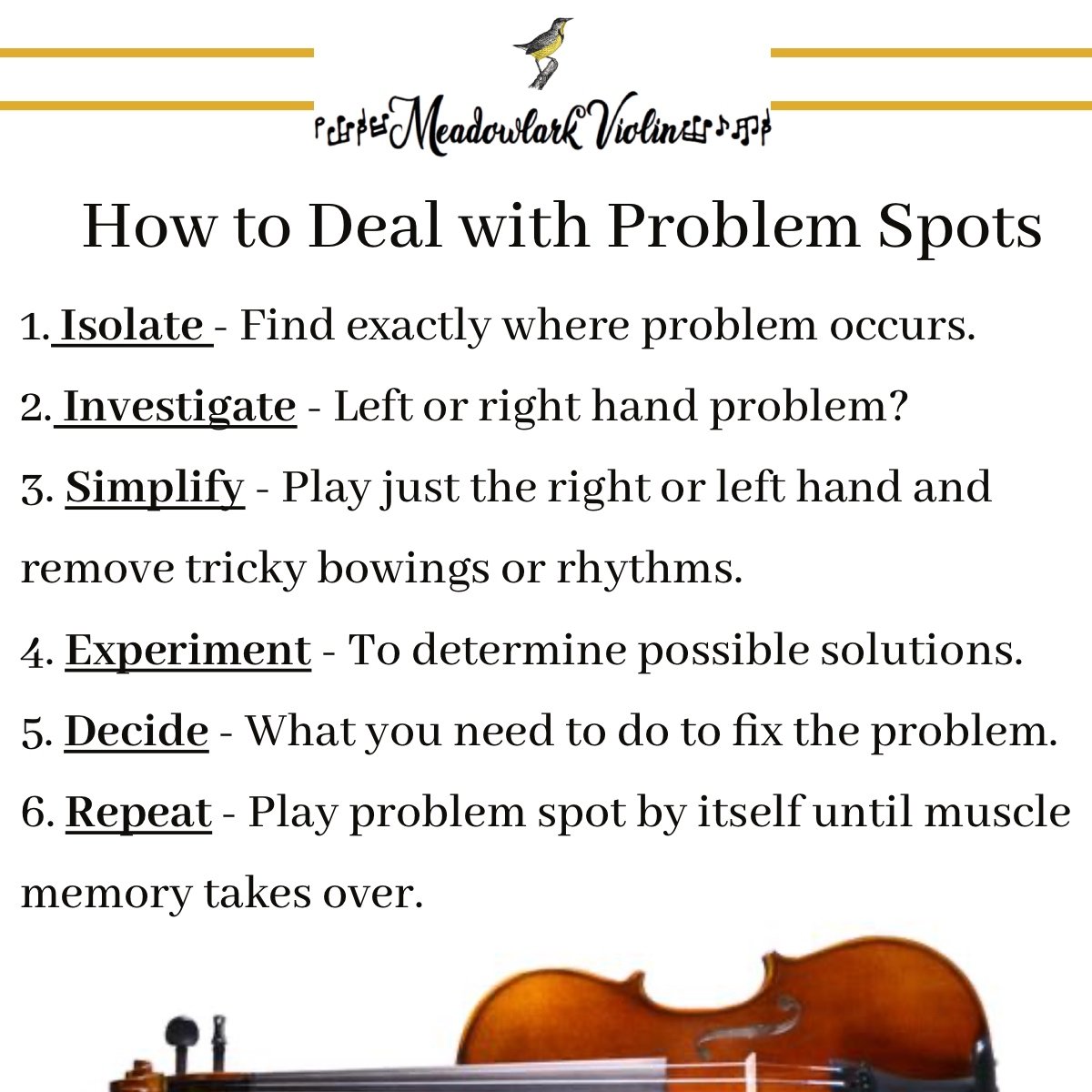

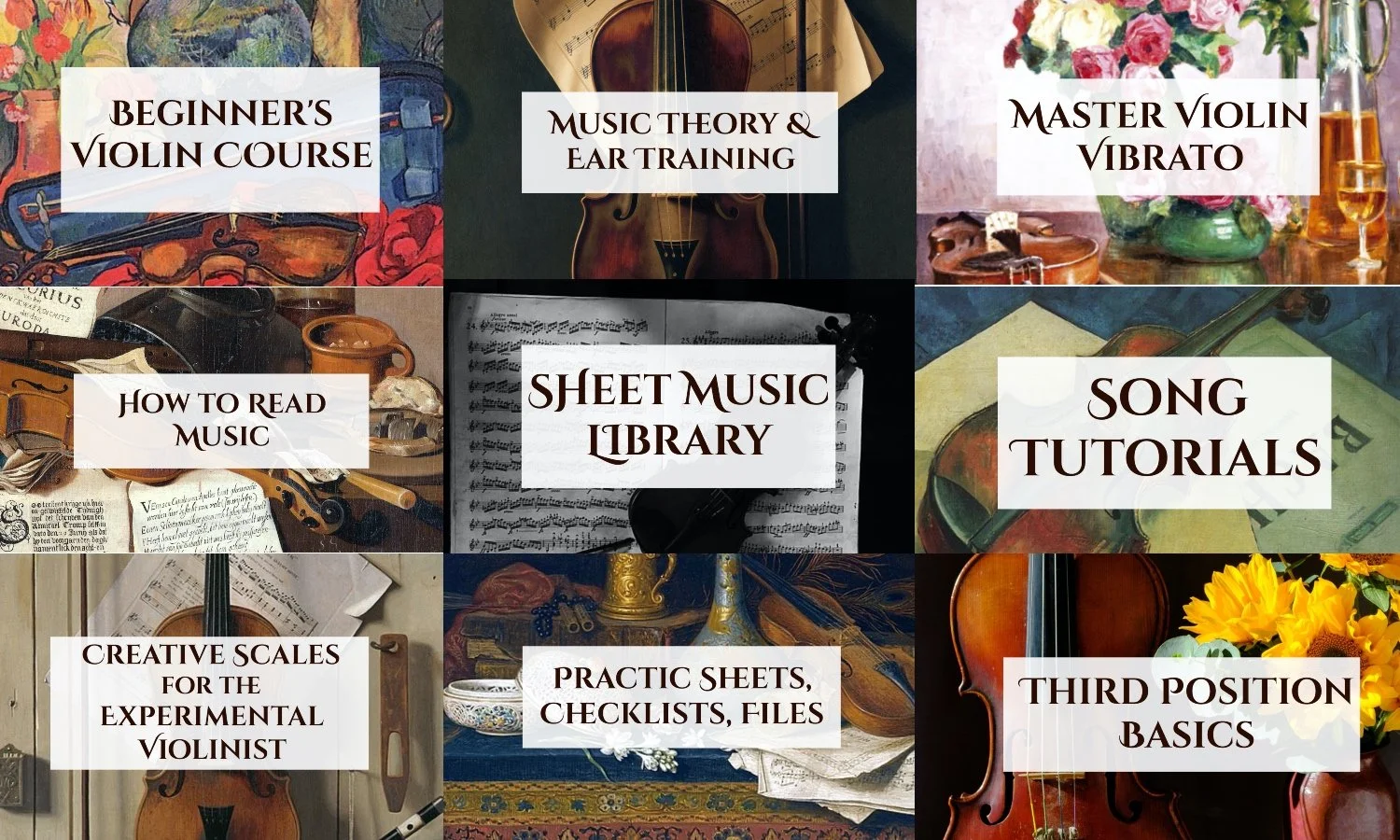




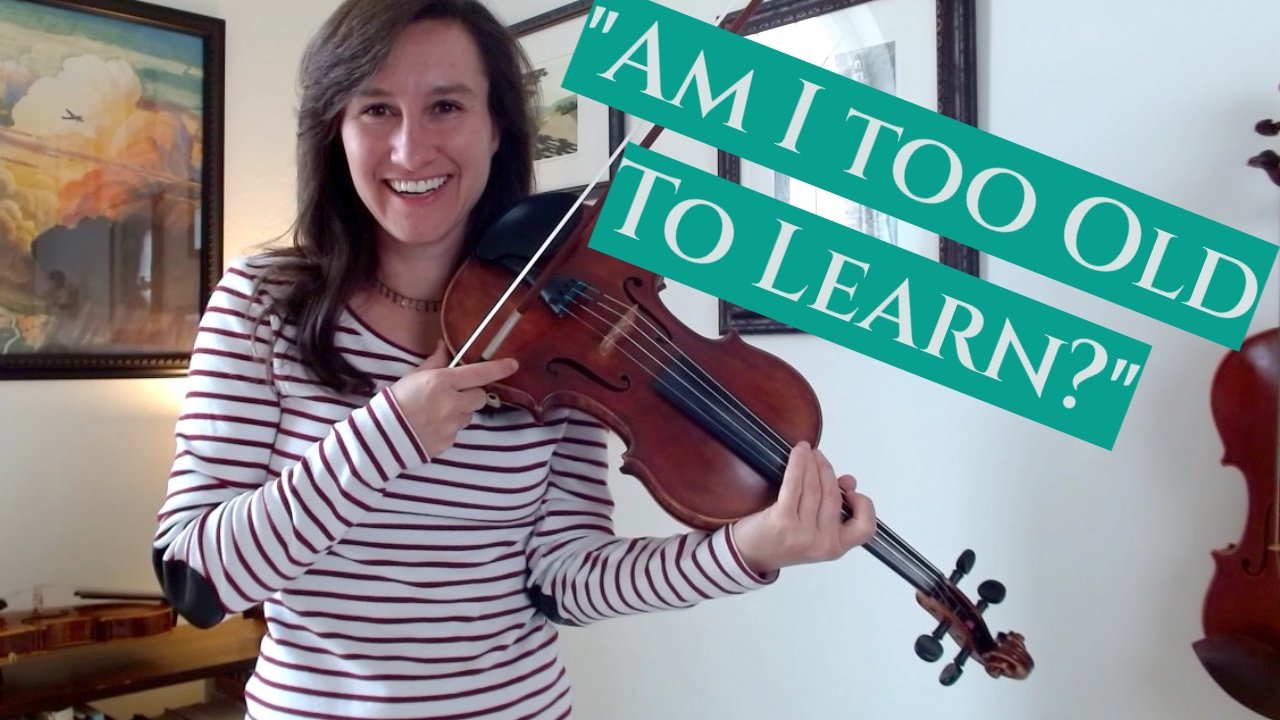



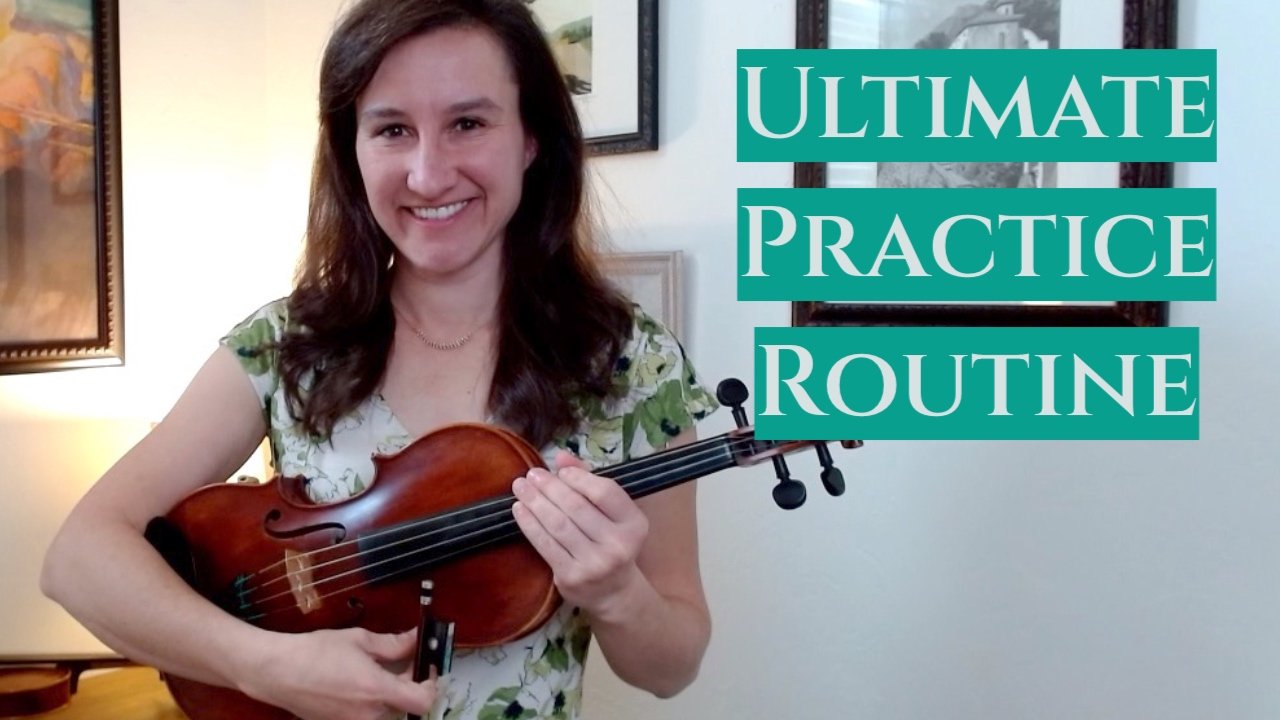
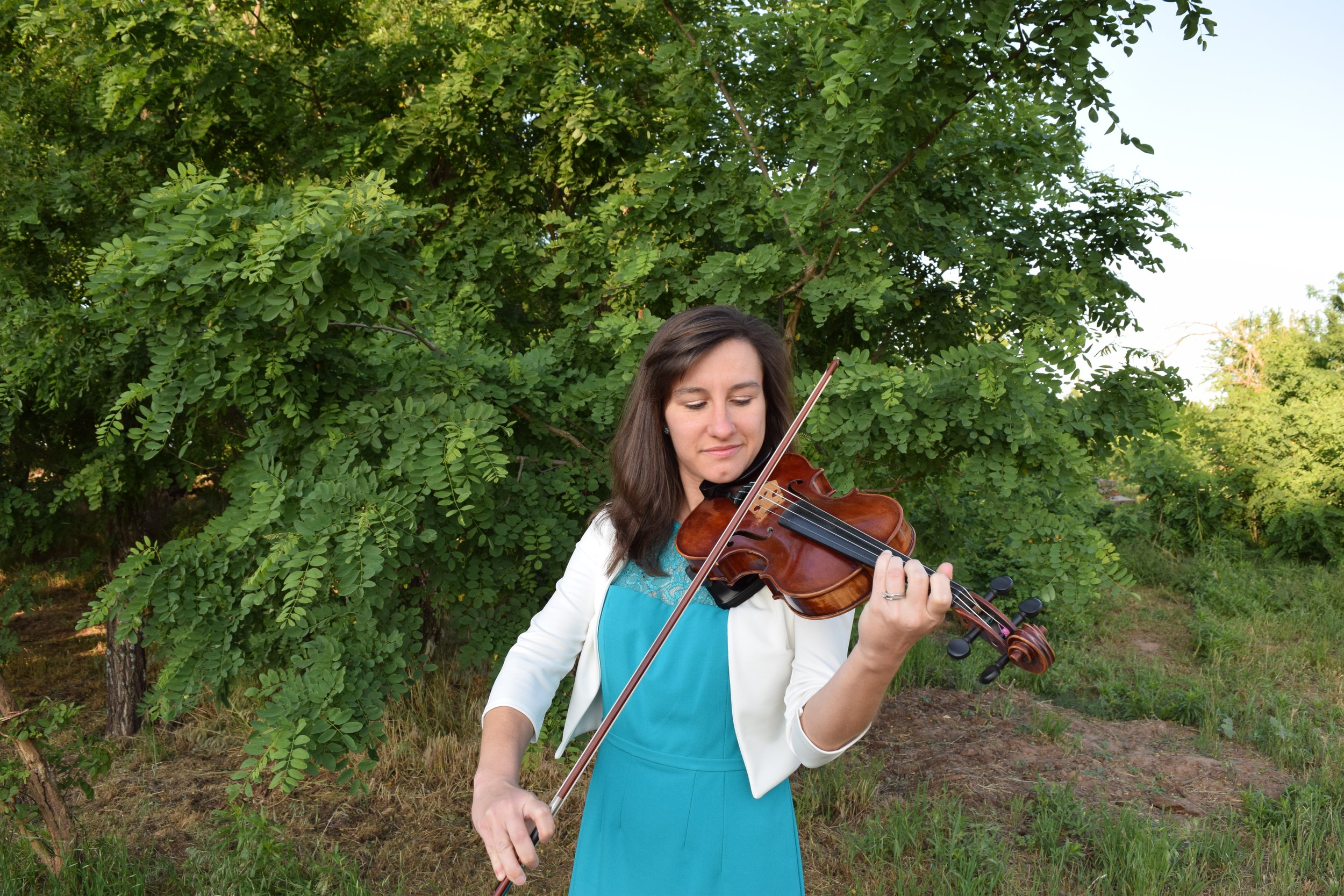



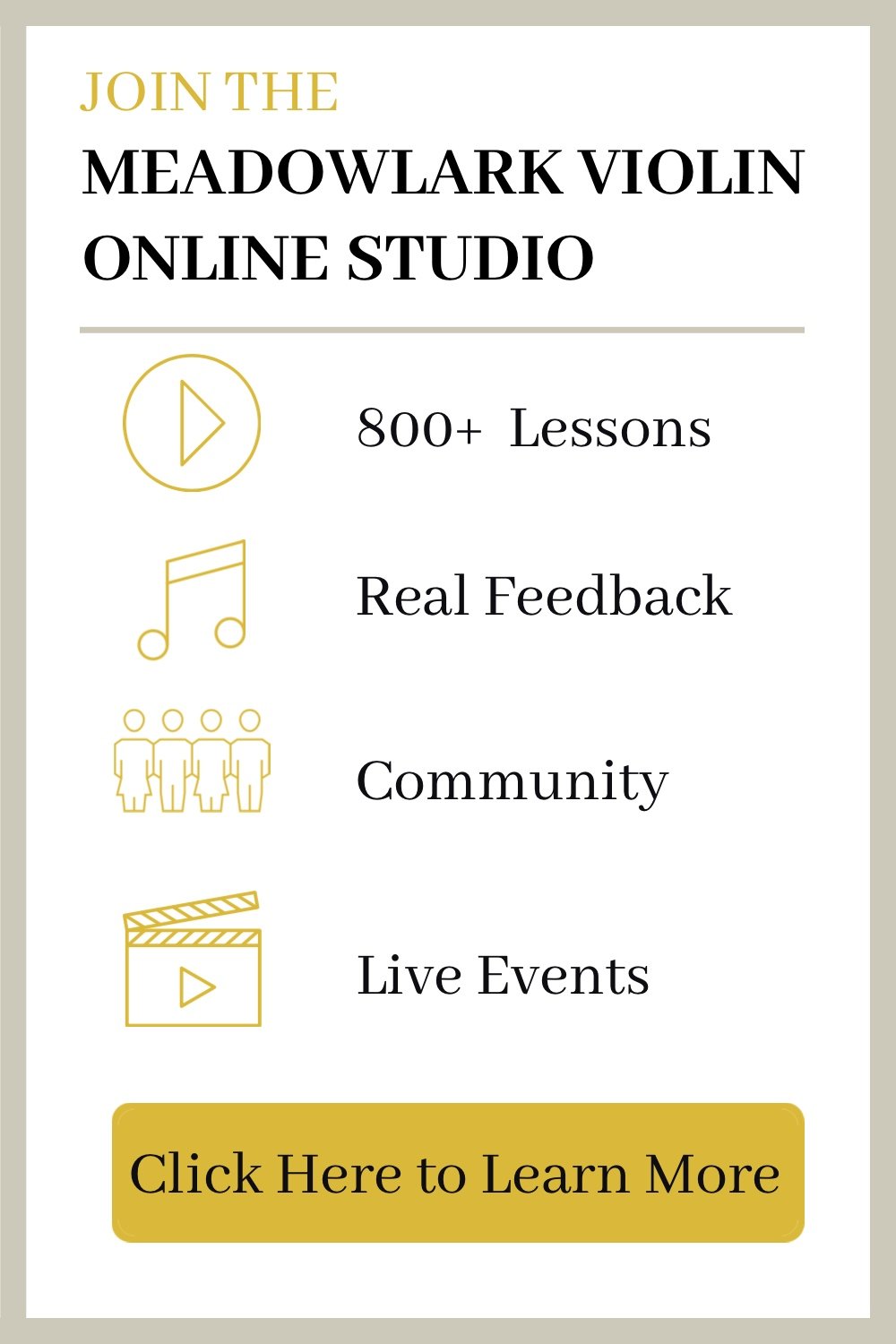











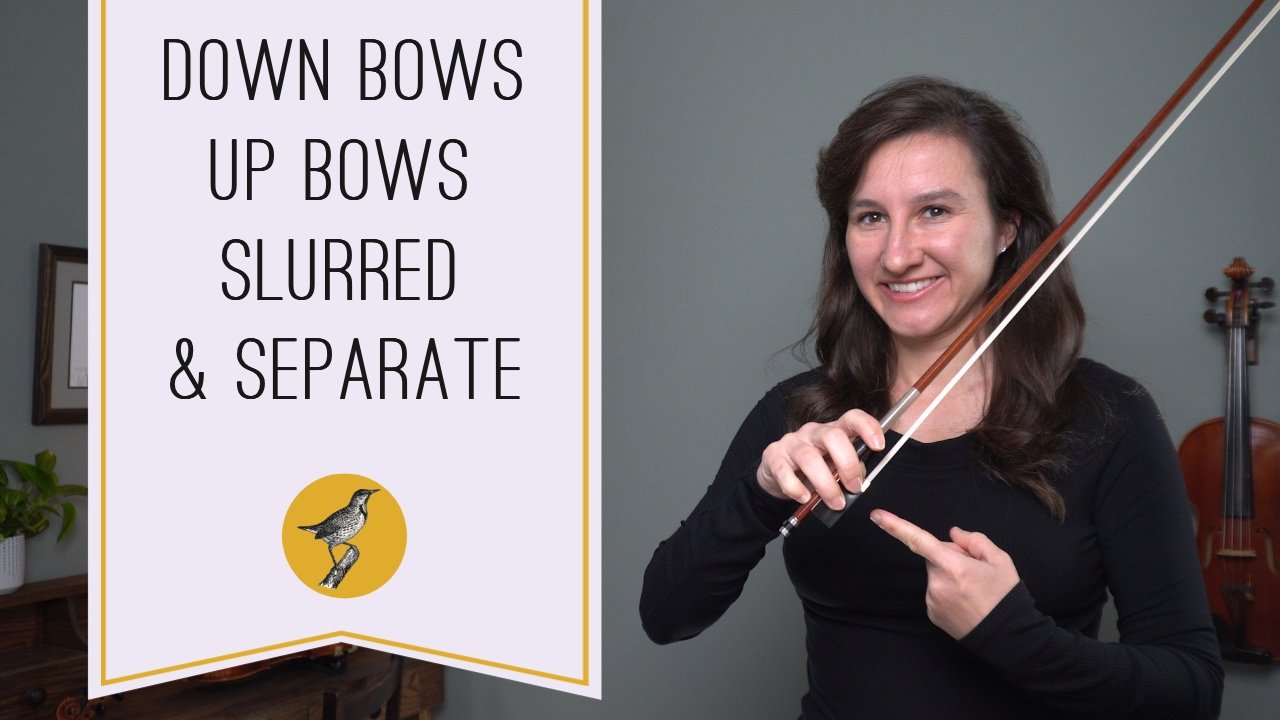


![10 Best Violins for Beginners [2024] A Violin Teacher’s Ultimate Guide](https://images.squarespace-cdn.com/content/v1/554545e3e4b0325625f33fa6/1600433065588-JQV56M1W9LNI833AVGEE/10+best+violins+for+beginners+2020.jpg)
